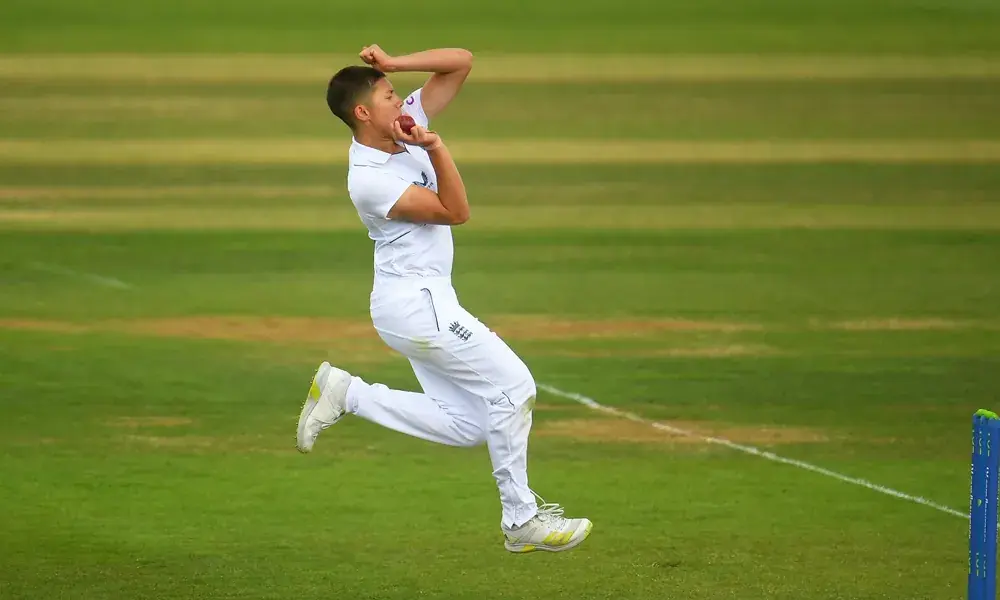Unleashing Thunder: The Art of Fast Bowling in Cricket

In the realm of cricket, few sights are as awe-inspiring as a fast bowler hurtling in from the boundary, unleashing a thunderous delivery that leaves batsmen gasping for breath. The art of fast bowling is a captivating spectacle that combines raw speed with precision and cunning. In this blog, we delve into the essence of fast bowling, exploring the techniques, challenges, and mystique that surround this exhilarating facet of the game.
The Need for Speed:
At the heart of fast bowling lies the primal urge to propel the cricket ball towards the batsman at blistering speeds. Whether it's the ferocious pace of Shoaib Akhtar or the intimidating bounce of Mitchell Johnson, fast bowlers possess the innate ability to instill fear and uncertainty in the minds of their opponents. Speed isn't just a weapon; it's a psychological tool that can disrupt the rhythm and concentration of even the most seasoned batsmen.
The Anatomy of a Fast Bowler:
Contrary to popular perception, fast bowling isn't solely about brute force; it's a delicate balance of biomechanics, athleticism, and technique. From the explosive drive off the bowling crease to the subtle variations in wrist position and release point, every aspect of a fast bowler's action is meticulously honed to maximize speed and accuracy. The coordination between the upper body, lower body, and core muscles is akin to a symphony, culminating in a thunderous delivery that defies gravity.
The Mental Game:
Beyond the physical demands, fast bowling is a test of mental fortitude and resilience. It requires the ability to maintain focus and composure amidst the pressures of the game, to channel aggression into controlled aggression. Fast bowlers must possess an unwavering self-belief and a hunger for wickets, constantly probing for weaknesses in the batsman's armor. The psychological battle between bowler and batsman is as enthralling as the contest between leather and willow.
Challenges and Injuries:
However, the path of a fast bowler is fraught with challenges, chief among them being the risk of injuries. The repetitive stress placed on the body, coupled with the sheer force of bowling at high speeds, can take a toll on even the most robust athletes. From stress fractures to muscle strains, injuries are an occupational hazard for fast bowlers, requiring careful management and rehabilitation to prolong their careers.
Evolution of Fast Bowling:
Over the years, the art of fast bowling has undergone a fascinating evolution, with bowlers constantly pushing the boundaries of speed and skill. Innovations such as reverse swing, yorkers, and bouncers have added new dimensions to the fast bowler's arsenal, keeping batsmen on their toes and spectators on the edge of their seats. Moreover, advancements in sports science and technology have enabled bowlers to refine their techniques and optimize their performance like never before.
Conclusion:
In the pantheon of cricketing heroes, fast bowlers occupy a special place, revered for their ability to generate awe and excitement with every delivery. They are the enforcers, the game-changers, the harbingers of chaos on the field. Yet, behind the facade of speed and aggression lies a craft that demands discipline, dedication, and a relentless pursuit of excellence. As we marvel at the exploits of fast bowlers past and present, let us pay homage to their artistry and celebrate the timeless allure of pace bowling in cricket.

